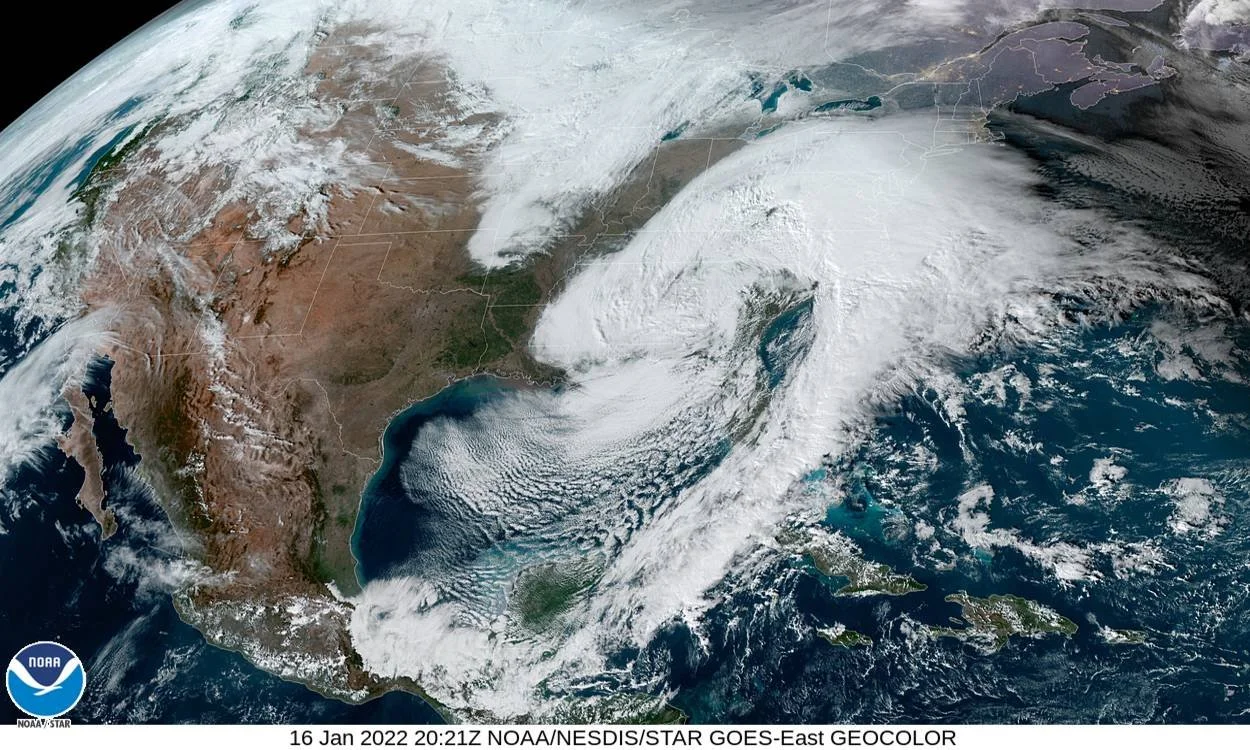Course Outline:
This course is the second part in a series of courses that introduce the student to the physics of geophysical flow. Atmospheric flow on Earth will be emphasized, although problems related to oceanic and extraplanetary flow will also be included. Students will be introduced to the forces that drive geophysical flow, the leading balances that arise from these forces, a variety of geophysical phenomena and their impacts. The course includes in-class discussions, group exercises and homework problems that help develop the mathematical foundation and physical intuition necessary to understand the fundamental features of GFD. Discussion of meteorological maps will be included, and students will learn how to use these maps to simplify the equations of motion and develop their physical understanding of the drivers of the phenomena discussed in these maps.
The course is divided into four parts:
Review of GFD1: Derivation of the primitive equations: momentum, mass continuity, thermodynamic energy and state. Scale analysis, vorticity and potential vorticity.
Linear wave theory: Shallow water equations, linear perturbation analysis, phase speed and group velocity, surface gravity waves, inertia-gravity waves, Rossby waves
Introduction to the large-scale extratropical circulation: The quasi-geostrophic equations of motion, geostrophic and ageostrophic flows, baroclinic instability.
Wave-mean flow interactions: Enstrophy, the wave activity equation, the Eliassen-Palm Flux and the transformed Eulerian mean.
Learning Goals:
At the end of this course, the student will be able to:
Use scale analysis to simplify the primitive equations for different types of geophysical flows
Linearize and solve the wave equation for a variety of flow regimes
Understand the strengths and weaknesses of the quasi-geostrophic equations.
Clearly differentiate the governing processes of the midlatitudes vs the tropics
Appreciate the importance of eddies in midlatitude weather and climate.
Course Contents
Lecture Slides:
Lecture 14: Review (no slides)

